Car Repair Guides: Quick Fixes and When to Call the Pros
Keeping your car running smoothly saves money and stress. Whether you’re swapping a rear brake pad or checking a fuel pump, the right info makes the job easier. Below you’ll find straight‑to‑the‑point advice on the most common repairs and the signs that tell you it’s time for a professional.
Common DIY Repairs You Can Tackle
Most owners can handle a few basic jobs with a wrench and a bit of patience. Changing air filters is a good start – cheap filters work fine for daily driving, but premium ones can boost airflow if you notice a dip in performance. If you hear a whining noise at low speeds, the clutch might be overheating. A burning smell usually means the clutch is close to failing, but you can still drive a short distance to get it checked.
Brake pads are another frequent fix. Replacing only the rear pads is okay if they’re worn unevenly, but always inspect the front pads at the same time. Uneven wear can cause pulling during braking. When you replace pads, also look at the brake discs – any deep grooves or rust need attention.
Alloy wheels often get confused with rusted steel rims. True, alloy can corrode, especially near the wheel arch where road salt sits. Regular cleaning and a quick wax seal keep them shiny and corrosion‑free.
If your suspension feels bouncy or the car drifts to one side, check the shocks. Bad shocks make handling sloppy and can damage other parts. Spotting a leaking shock absorber or a noticeable sag is a clear sign it’s time for a swap.
Testing a fuel pump isn’t as hard as it sounds. Listen for a humming sound when you turn the key to the “on” position – no sound often means the pump isn’t getting power. A simple pressure gauge can confirm if it’s delivering the right fuel pressure.
When to Seek Professional Help
Some issues are best left to the shop. If you suspect transmission problems – like grinding when you shift or an inability to move out of gear – a mechanic’s diagnostic tools are essential. Trying to fix a transmission yourself can cause more damage and cost extra later.
Legal matters also matter. Removing the rear windscreen wiper in the UK can affect your MOT and insurance. If you’re not sure, a quick call to your local garage can save you a potential fine.
Engine misfires linked to spark plugs are easy to diagnose but can be tricky to replace on some models. If you notice rough idling, a loss of power, or a strong smell of gasoline, it’s time to pull the plugs, check the gap, and replace them if worn.
Finally, bent suspension components are a safety risk. Driving with a bent arm or broken strut can lead to loss of control, especially at higher speeds. If you spot uneven tire wear or a clunking sound, book a professional inspection right away.
Knowing what you can fix and when you need an expert keeps you safe, saves money, and extends your car’s life. Use these tips as a checklist the next time something feels off, and you’ll be ready to decide the best next step.
 15 July 2025
15 July 2025
Clutch Replacement Cost: What to Expect and How to Save Money
Discover realistic clutch replacement costs, what affects pricing, how to spot trouble early, and the best ways to stretch your money. Save on your next repair.
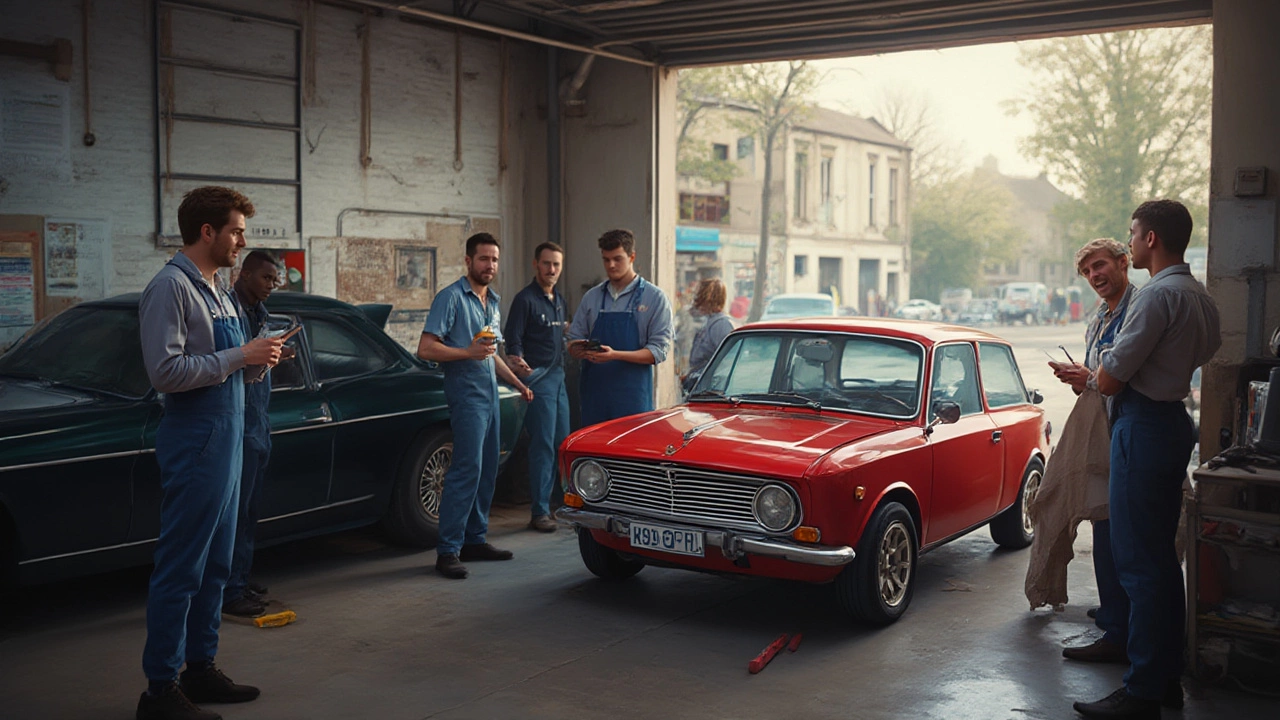 9 July 2025
9 July 2025
Clutch Kit Labour Cost Explained: 2025 Guide to Clutch Replacement Prices
Get a real-world breakdown of labor costs for clutch kit replacement. Find out what affects the price, tips to save money, and what to expect in 2025 garages.
 5 June 2025
5 June 2025
Bad Clutch Sounds: What to Listen for Before It's Too Late
Spotting a bad clutch by its sound can save you from bigger headaches down the road. In this article, you’ll find out what noises signal clutch trouble and why these sounds happen in the first place. You’ll learn the difference between normal clutch noises and the warning signs of serious problems. Get real-world tips on how to catch issues early and what to do next if you hear these sounds. Listening to your clutch now could mean less money spent later.
 9 May 2025
9 May 2025
Fuel Pump Temporary Fix: How to Get Your Car Moving Again
Got a fuel pump that just quit out of nowhere? This article breaks down how you can get your car started when the fuel pump gives up at the worst possible time. Learn practical steps, what tools you'll need, and important safety reminders. We’ll look at quick tricks that can get you back on the road until you can make a proper repair. Handy tips and facts make sure you won’t feel totally stranded if your pump fails next time.
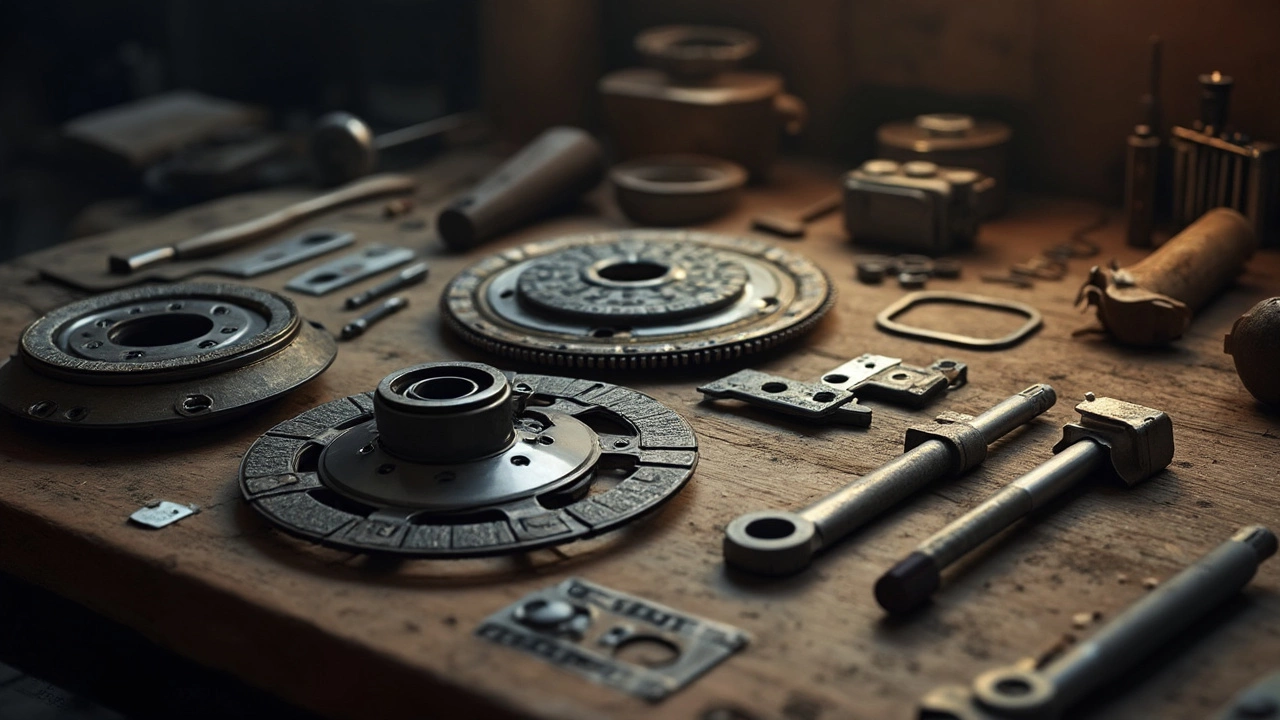 4 April 2025
4 April 2025
What Does a Complete Clutch Kit Include? Discover the Essentials
Ever wondered what's inside a complete clutch kit? Dive into the essential components that make your car's clutch system tick. Whether you're a DIY enthusiast or just curious about car maintenance, understanding these parts will help you grasp how your vehicle shifts gears smoothly. Get ready to explore the core elements like the clutch disc, pressure plate, release bearing, and more.
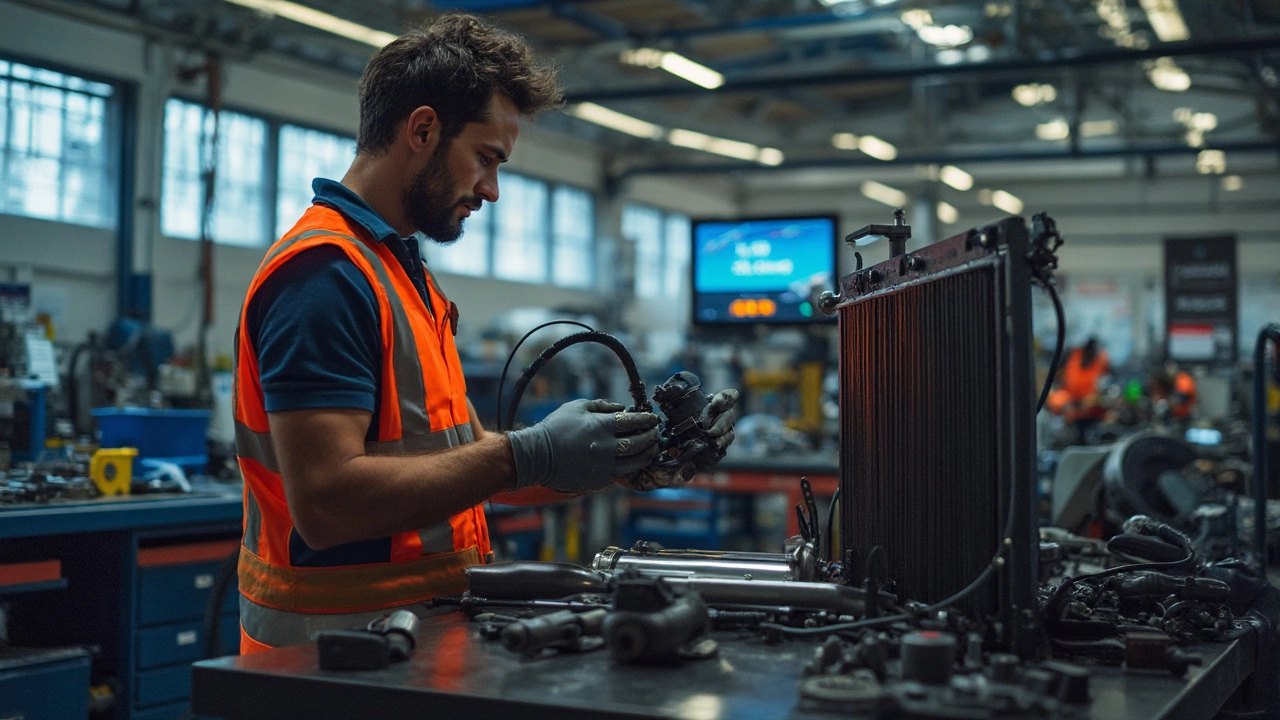 4 March 2025
4 March 2025
How Much Do Car Radiators Cost? Affordable Options and Tips
Looking to replace or upgrade your car radiator without breaking the bank? This article breaks down the cost of car radiators, exploring the different price ranges and what factors influence them. Find out how to get the best value for your money, along with some handy tips on installation and maintenance. Whether you're fixing an overheating car or optimizing performance, we've got you covered with practical advice.
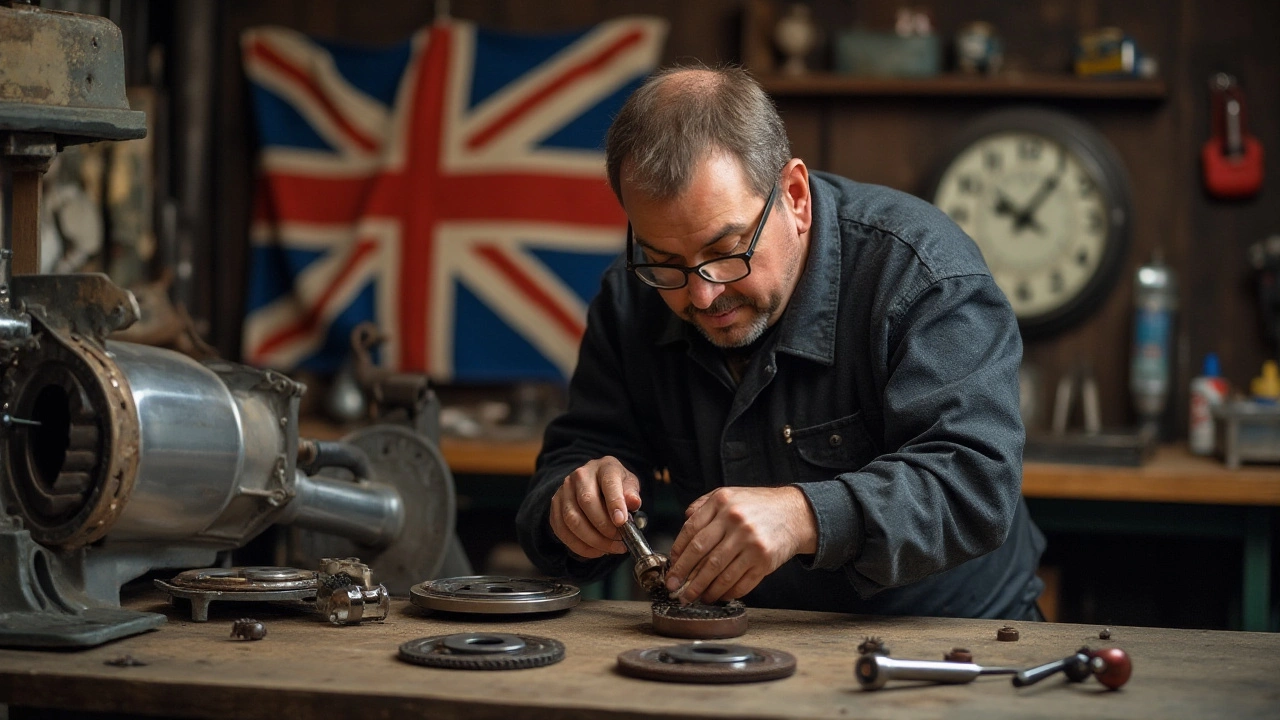 25 December 2024
25 December 2024
The Art of Clutch Kit Installation: A Hands-On Guide
Installing a clutch kit can be a rewarding yet challenging task for car enthusiasts and DIY mechanics alike. This guide aims to demystify the process by breaking down the steps involved, assessing the necessary tools, and providing insights into potential challenges. A well-installed clutch not only ensures smooth gear shifts but also prolongs the life of your car's manual transmission. With safety tips and expert advice, this article will walk you through what it takes to successfully replace a clutch kit on your own.
Latest Posts
-

How Long Do Car Batteries Last? An Essential Guide for Drivers
-
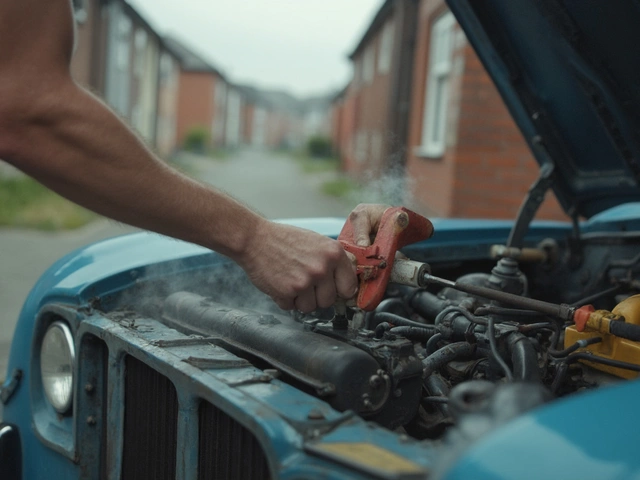
Can You Fix a Radiator Without Replacing It? Real Solutions for Car Troubles
-

Understanding the Risks of Driving with Low Engine Oil
-

Why Alloy Wheels Are a Smart Choice for Vehicle Enthusiasts
-
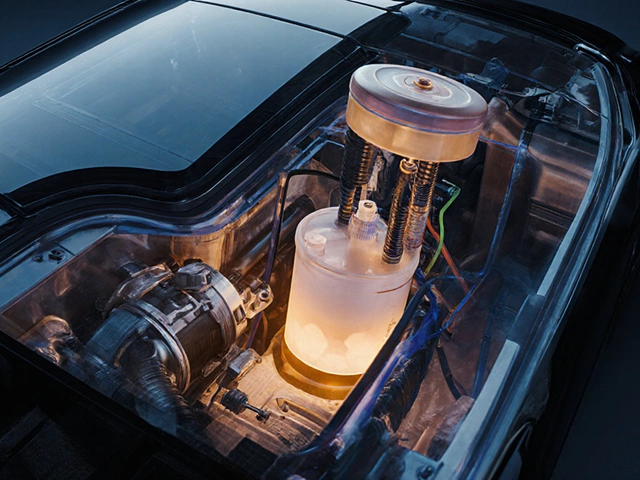
Fuel Pump Failure: What Happens to Your Car and How to Spot It

0